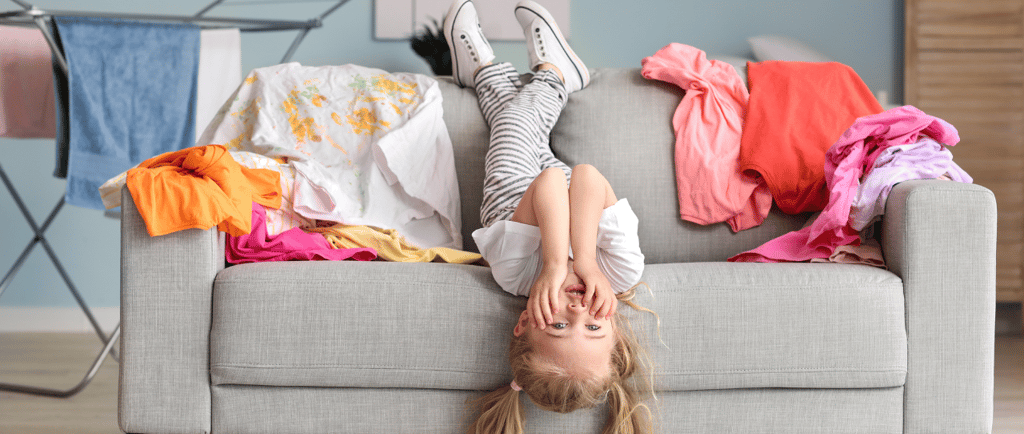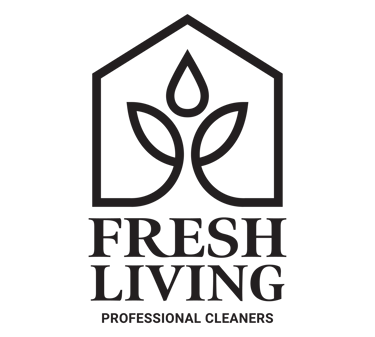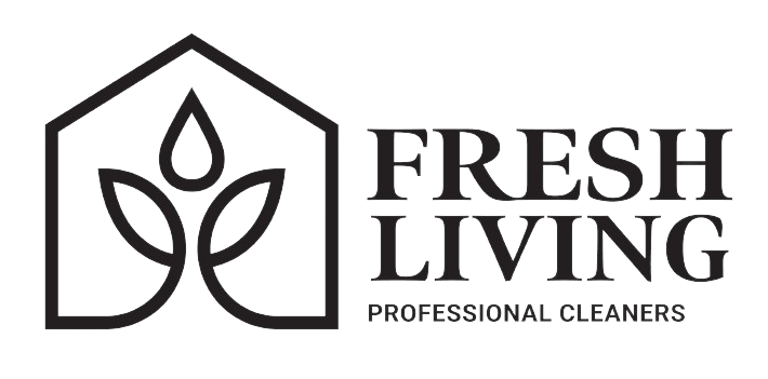How Dirty Is the Average Home? Find Out!
Explore the hidden world of household cleanliness in "How Dirty Is the Average Home? Find Out!" This insightful blog post uncovers surprising facts about the germs lurking in everyday spaces and offers practical tips for maintaining a healthier living environment. Discover the impact of clutter, learn effective cleaning strategies, and delve into the latest in home cleaning technology. Whether you're a cleanliness enthusiast or seeking to improve your home hygiene, this article provides essential insights to help you achieve a cleaner, safer home.
7/2/20243 min read


Maintaining a clean home isn't just about appearances; it's about creating a healthy environment where you and your family can thrive. But how clean is the average home, really? This article dives into the unseen world of household dirt and germs, shedding light on surprising facts that may reshape your perception of home cleanliness.
Common Misconceptions About Home Cleanliness
Many of us equate cleanliness with visible tidiness, but there's more to it than meets the eye. True cleanliness goes beyond surface appearances, encompassing thorough hygiene practices that target microscopic threats lurking in our homes.
Types of Germs Found in Homes
Our homes host a diverse array of germs, from bacteria like E. coli to viruses such as influenza and fungi like mold. These microorganisms can thrive on various surfaces and contribute to health issues if not properly managed.
Surprising Dirt Hotspots
While we often focus on cleaning obvious areas like countertops and floors, there are lesser-known spots where germs flourish unnoticed. Think about your keyboard and computer mouse, bathroom towels and mats, or even refrigerator handles and kitchen sponges—these everyday items can harbor significant amounts of bacteria if not cleaned regularly.
Impact of Clutter on Cleanliness
Clutter isn't just a visual nuisance; it can also hinder cleanliness efforts. Piles of belongings create havens for dust and dirt, making it harder to maintain a hygienic living environment. Moreover, living in cluttered spaces can affect mental well-being, adding another layer to the importance of tidying up.
The Invisible Threat: Microscopic Dirt
Even when surfaces appear clean, microscopic particles can still lurk unseen. Dust mites, pollen, and other allergens can settle on furniture and carpets, triggering respiratory issues and allergies. Effective cleaning involves methods that eliminate these invisible threats to promote a healthier home.
Cleaning Frequency Guidelines
Establishing a cleaning routine tailored to your home's needs is crucial for maintaining cleanliness. Daily tasks like wiping down kitchen surfaces and bathroom sinks prevent the buildup of germs, while weekly chores such as vacuuming and dusting ensure a thorough clean. Monthly deep cleaning of appliances and hard-to-reach areas completes the regimen for a hygienic living space.
Tools and Products for Effective Cleaning
Equipping yourself with the right cleaning tools and products simplifies the task of maintaining a clean home. Essential supplies like microfiber cloths, disinfectants, and vacuum cleaners are indispensable for tackling different cleaning challenges. For environmentally conscious individuals, eco-friendly alternatives offer effective cleaning solutions without compromising sustainability.
DIY vs. Professional Cleaning Services
While many prefer to handle cleaning tasks themselves, professional cleaning services offer expertise and time-saving benefits. Deciding whether to DIY or hire professionals depends on factors like available time, the scope of cleaning needed, and personal preferences for cleanliness standards.
Health Benefits of a Clean Home
A clean home isn't just aesthetically pleasing; it's also beneficial for your health. Reduced exposure to allergens and pathogens lowers the risk of respiratory illnesses and allergies, promoting overall well-being. Additionally, living in a clean environment contributes to lower stress levels and improved mental clarity.
Cultural and Environmental Factors in Home Cleanliness
Cultural norms and environmental concerns influence how we perceive and practice cleanliness. While some cultures prioritize immaculate homes as a sign of respect and hospitality, others embrace eco-friendly cleaning practices to minimize environmental impact. Understanding these factors can shape personal cleaning habits and choices.
Tips for Maintaining Cleanliness
Maintaining a clean home requires commitment and consistency. Establishing daily cleaning routines and involving family members in tidying efforts fosters a shared responsibility for cleanliness. Simple habits like making beds daily and organizing as you go can make a significant difference in the overall cleanliness of your home.
Challenges in Maintaining a Clean Home
Achieving and sustaining cleanliness isn't always easy. Time constraints, lack of motivation, and competing priorities can hinder efforts to keep a home consistently clean. Overcoming these challenges involves setting realistic goals, prioritizing tasks, and seeking support when needed.
The Future of Home Cleaning Technology
Advancements in technology are revolutionizing home cleaning practices. Smart home devices equipped with AI and sensors automate cleaning tasks, from robot vacuums that navigate floors to UV-C disinfection systems that sanitize surfaces. These innovations promise to make cleaning more efficient and accessible in the years to come.
Final Thoughts
In conclusion, the cleanliness of your home impacts more than just appearances—it affects your health, well-being, and overall quality of life. By understanding where germs thrive, adopting effective cleaning practices, and utilizing the right tools and technologies, you can create a cleaner and healthier living environment for yourself and your loved ones. Take proactive steps today to transform your home into a sanctuary of cleanliness and well-being.


(609) 806 - 5565
help@freshlivingpc.com
Follow us on
